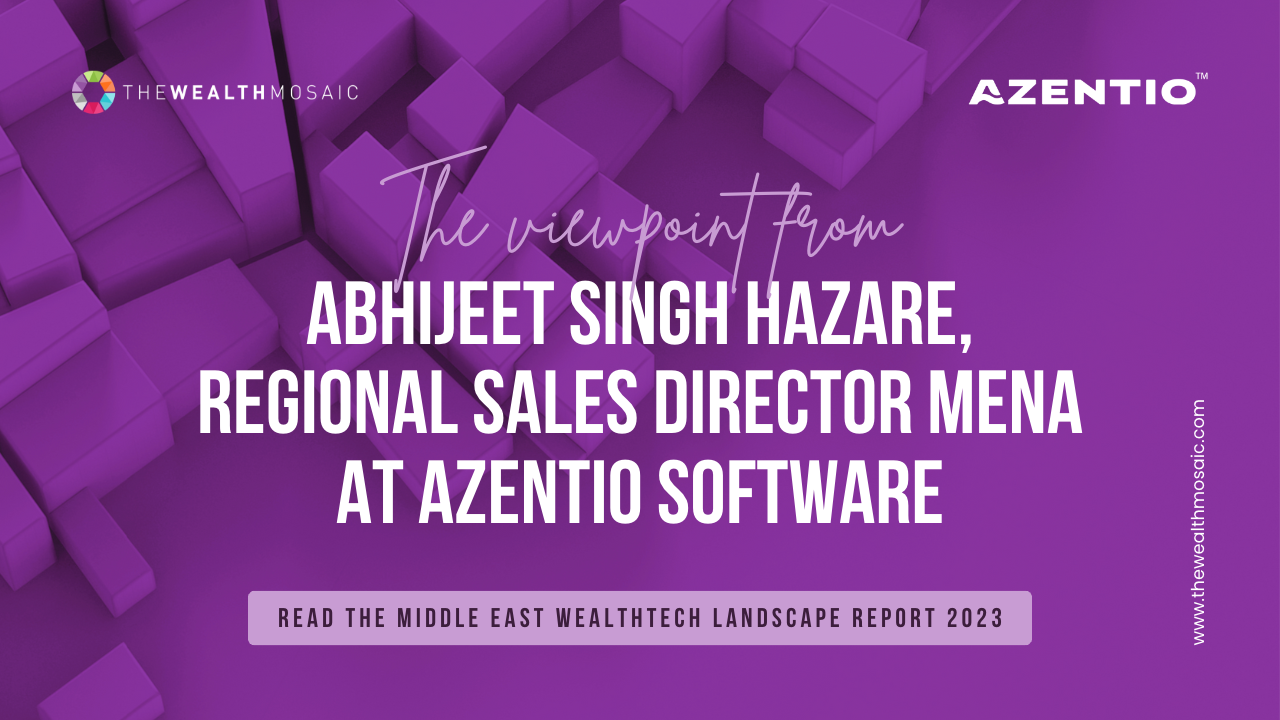Article
Examining transaction laundering: winning strategies & best practices for the payments industry in MENA
L Guru Raghavendran, Senior Vice President, Banking and Capital Markets
5 minutes
19.03.2024
Article
L Guru Raghavendran, Senior Vice President, Banking and Capital Markets
5 minutes
19.03.2024

Despite the growing usage of mobile phones, until recently, electronic payments volumes in the Middle East and Africa (MENA) have remained low. Indeed, underdeveloped infrastructure and services, combined with a generally underbanked population and merchant sector, and a strong preference for use of cash, have slowed the shift to electronic payments in the region.
In recent years this has changed. Governmental support for electronic payments, combined with the necessity of using them during Covid-19, saw demand increase. Digital payments providers have found their voice and have been a catalyst for the widespread use of electronic payments. A McKinsey survey revealed that non-cash payments rose by more than 10% across the region because of the pandemic.
A sizeable prize to target
In general, the global payment processing solutions market size was valued at US$47.61 billion in 2022 and is expected to expand at a compound annual growth rate (CAGR) of 14.5% from 2023 to 2030 according to Grand View Research.
Point of sale (PoS) transactions also grew particularly rapidly. With e-commerce and m-commerce gaining considerable momentum, the volume of e-payments is set to surge, bolstered by the growing trend of embedded finance.
ResearchandMarkets.com has forecasted a robust CAGR of 26.7% for the MEA Embedded Payments industry between 2022 and 2029, with revenues expected to soar from US$5,860.4 million in 2022 to a projected US$21,248.6 million by 2029.
With increased payment volume comes greater risk of fraud
But one unavoidable side effect of e-payments is fraud. And per Deloitte’s Middle East Fraud survey, there is much cause for concern:
All eyes on transaction laundering
As the scope of fraud in the payments industry continues to expand, one insidious threat demands our unwavering focus: transaction laundering. This pernicious form of fraud presents a unique and pressing concern that cannot be ignored. This is where legitimate merchants process payments for illicit purposes on behalf of a third party. In the model, the merchants work with an acquirer to process payments – the acquirer ends up being used to launder money, sometimes with the merchants being complicit, sometimes not. The merchants either use legitimate businesses as a cover for criminal activities or serve as a pass-through company where they allow illegal businesses to process their credit card receipts by giving them access to the legitimate company’s payments processing account.
Transaction laundering has become a pressing concern in the payments industry due to the presence of weaknesses in the controls of certain payments platforms. Despite the efforts of several PSPs to strengthen their transaction monitoring and implement rigorous KYC protocols, some still operate with less stringent requirements. While regulators have begun to take notice of this issue, more attention is needed to address the root causes of transaction laundering and ensure that all PSPs are held to the same standards.
Payments – a highly complex process…
The complexity of the payment process makes it intrinsically attractive to would-be fraudsters. A single transaction passes through a cardholder, a merchant, issuers, acquirers, card networks, gateways, processors, and other third-party vendors. The process is long and in disparate parts thus making suspicious patterns harder to grasp.
Volumes are also an issue. Crucially, digital, and contactless payments, as well as remote onboarding, are much in demand by customers, but they involve increasing volumes of data. Dealing with this makes for more work for the PSP, and it becomes harder to find the fraudulent needle in the haystack, thus lessening the ability of the PSP to identify suspicious activity and act on it without creating lots of false positives and reducing the quality of service.
The complexity and volumes issues are not helped by a lack of industry-wide protocols. But these weaknesses and complexities will only escape attention for so long; regulators and banks alike expect PSPs to be watertight. What, then should they be looking at going forward?
How to best address the challenges of complexity and volume?
Payments companies of all shapes and sizes will need to evaluate their internal processes to make them more resilient, better structured, and more integrated. Prevention is certainly better than cure, but this relies on being able to detect and identify something that is potentially suspicious.
For this, transaction screening and monitoring is a key part of a PSP’s defence. There should be customised rules and automated alerts in place, making for swift and accurate identification of potential issues and for taking corrective action or reporting the transaction to regulators for investigation.
Making systems effective, not only empowers teams to recognise more fraud and identify patterns of fraudulent behaviour, but it also enables them to do it faster and more effectively. Looking for the most up-to-date, relevant information on customers and transactions increases the ability to prevent crime and improve operational processes.
Another technique to find suspicious transactions within significant volumes of transaction data is the use of segmented customer portfolios and transactional flows. This allows for different risk management analytics to be applied continuously to each type of transaction, according to general risk rules – a more effective way of interrogating data.
Leveraging technology to help prevent fraud
It is also wise to make the most of the technology available by using robotic process automation (RPA), backed by artificial intelligence (AI) and machine learning (ML), where possible.
Indeed, having targeted monitoring solutions that are informed by tailored data analysis means that flagging suspicious transactions and analysing them to decide what to do next is timelier and more accurate; the need for manual intervention is much reduced, thus saving valuable manpower for tasks that do truly require human intervention. These tools can dramatically improve effectiveness, reducing false-positive rates.
Because PSPs are already good at bringing different data sets together and looking at them from different risk perspectives, integrating additional measures to look at transaction laundering should be a less intensive process than if they were starting from nothing. With the right tools, a PSP should be able to effect positive change without losing speed or efficiency, thus avoiding a downgrade in the service proposition.
The real-time payment infrastructure continues to grow, with the mix of different payment methods in different countries making it important to look at diverse types of fraud typology.
Azentio Financial Crime Management (FCM) solution (previously known as AMLOCK) is a powerful tool for combating financial crime. This integrated anti-money laundering and financial crime detection, and management solution is fully compliant with KYC, sanction screening, transaction monitoring and regulatory reporting requirements, enabling institutions to efficiently detect and report instances of money laundering and fraud. Azentio FCM comes equipped with out-of-box scenarios that detect red flags in the payments segment, including spikes or pattern changes in transaction volume, suspicious patterns in POS transactions, high chargebacks/refunds within a short period, transactions from/to high-risk countries, high-risk merchant MCC code, large value card transactions, out of profile merchant profile, changes in business address/KYC details, and more.
With the Azentio FCM solution, institutions can confidently combat financial crime and ensure regulatory compliance.
About the writer:
L Guru Raghavendran, Senior Vice President, Banking and Capital Markets, Azentio Software, is a seasoned and proficient IT solutions veteran with over 23 years of experience. In his current role at Azentio, Guru leads Product Management and Innovations and GTM strategies for Azentio’s portfolio of technology products in digital lending. His earlier experience in large IT enterprises cuts across solutions conceptualisation, consultative sales, and pre-sales support in various areas of the banking industry, helping companies adopt newer technologies.
The Wealth Mosaic

Regional Sales Director at Azentio, Abhijeet Singh Hazare, reveals how advisers can yield maximum results by unlocking the power of AI and alternate data.
The Wealth Mosaic

Regional Sales Director at Azentio, Abhijeet Singh Hazare, reveals how advisers can yield maximum results by unlocking the power of AI and alternate data.
MEA Finance

In this article published in MEA Finance, Abhijeet Singh Hazare, Director Sales – Banking & Capital Markets at Azentio Software demystifies the complex world of the Metaverse and explains how the Metaverse could be practically applied within wealth management.
We are happy to hear from you and answer your questions. Let's begin our journey together.